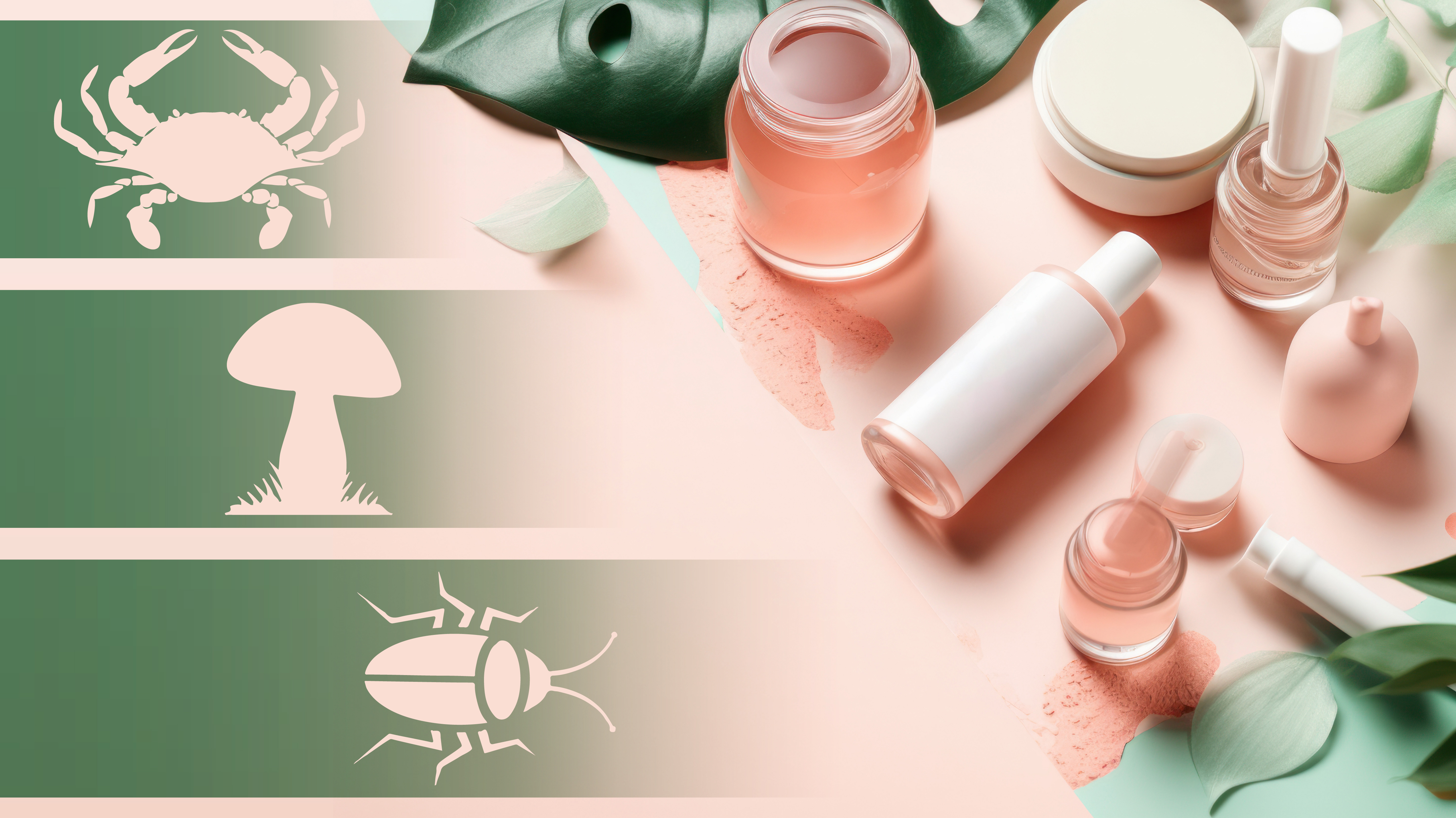Italian National Agency for New Technologies, Energy and Sustainable Economic Development

Innovation: Drugs and cosmetics from crustaceans, insects and fungi
Hypoallergenic makeup, drugs and functional foods to counteract the oxidative stress responsible for many diseases are some of the main applications of chitin and chitosan, two substances obtained mainly from the skeletal material of arthropods (for example crustaceans and insects) and fungal cell walls. These two macromolecules composed of carbohydrates, which fuel a turnover of almost 4 billion dollars a year -expected to expand to 12 billion by 2027- are the focus of a new ENEA study published in the journal open access Clean Technologies and Recycling.
“This new publication is a knowledge tool that will enable us to inaugurate within the year a new line of business focused on the extraction of chitin from crustacean waste like shrimps and crabs, from insects and fungi and subsequently with the production of chitosan, already used for different applications - from the chemical and agrochemical industry to the medical, pharmaceutical, cosmetic and food industries - due to its unique properties of biocompatibility, biodegradability, low toxicity and allergenicity", explained Alessandra Verardi, researcher at the ENEA Bioproducts and Bioprocesses Laboratory at the Trisaia Research Center in Basilicata, and co-author of the study with Paola Sangiorgio, Stefania Moliterni, Simona Errico, Anna Spagnoletta and Salvatore Dimatteo. The valorisation of these wastes will also be carried out through the collaboration of laboratory colleagues at the ENEA Research Center in Portici and at the University of Calabria (Transport Phenomena and Biotechnology Laboratory).
The challenge is to arrive at a sustainable, low-cost and industrial-scale production of chitosan to be used mainly as a delivery system to carry and release antioxidant substances like polyphenols and carotenoids, also extracted from agro-industrial waste, preserving and enhancing its beneficial properties.
With a global production of around 15 million tons per year (from aquaculture and fishing) and a chitin content of up to 40%, crustaceans are its main source of extraction. “We will also study how to exploit alternative resources like insects and some varieties of fungi which have attracted the interest of industry since the extraction of chitin - the most abundant natural biomass after cellulose with an annual production of over 100 billion tons - can be carried out in milder conditions, with a consequent increased process sustainability", pointed out the ENEA researcher. Currently, however, the most widely used conventional treatment has a high environmental impact, while alternative methods although environmentally friendly, are characterized by high process costs which limit their scalability.
